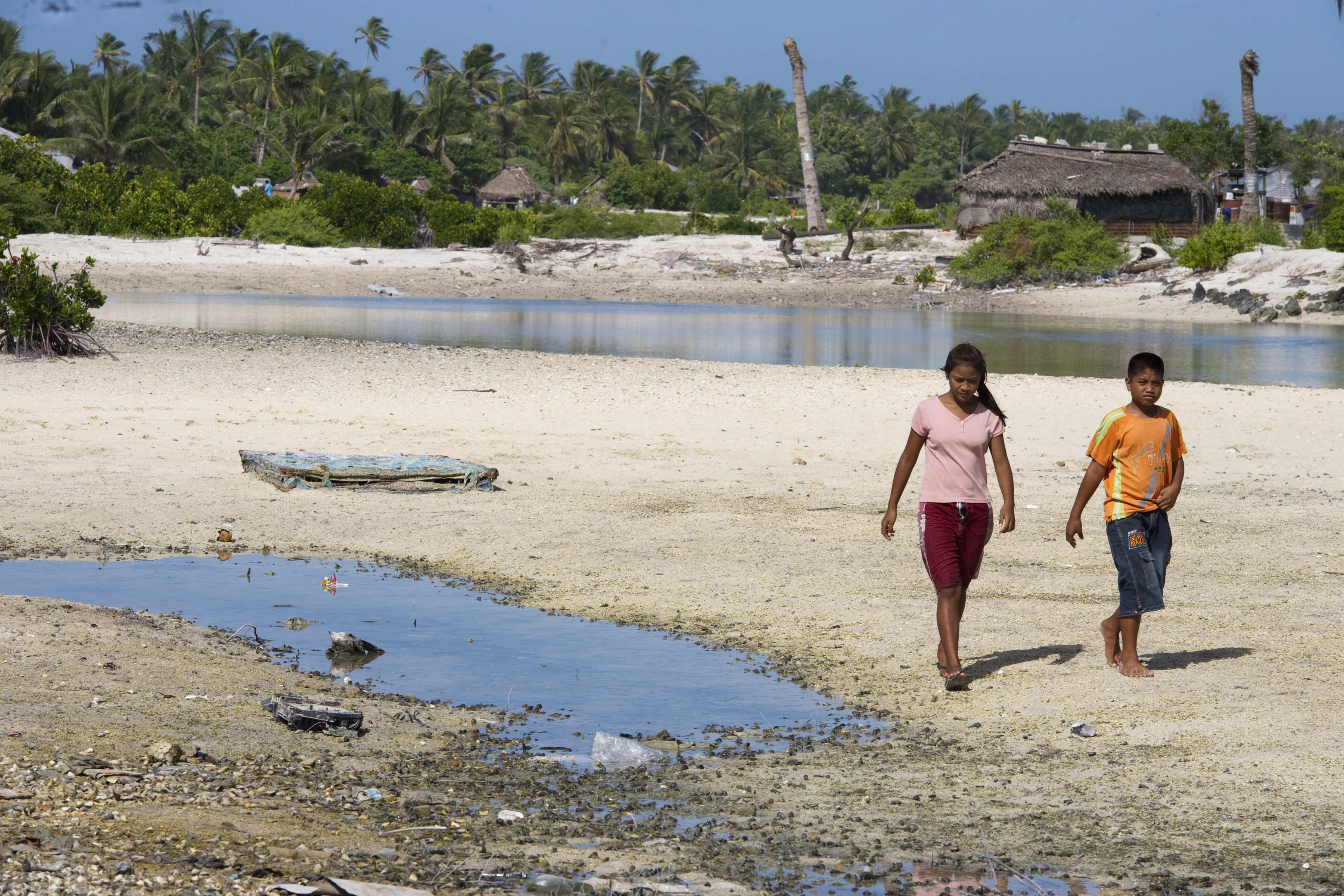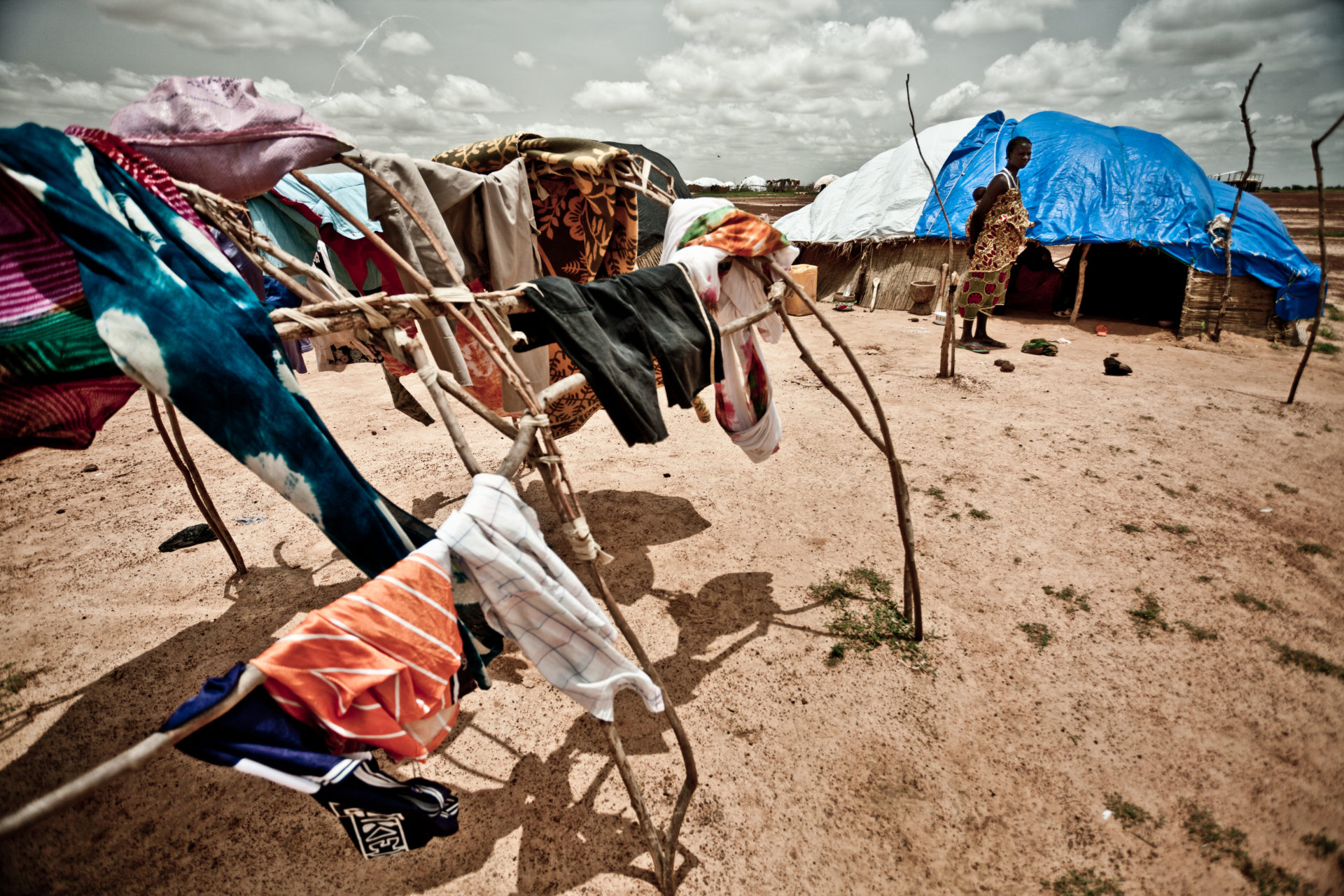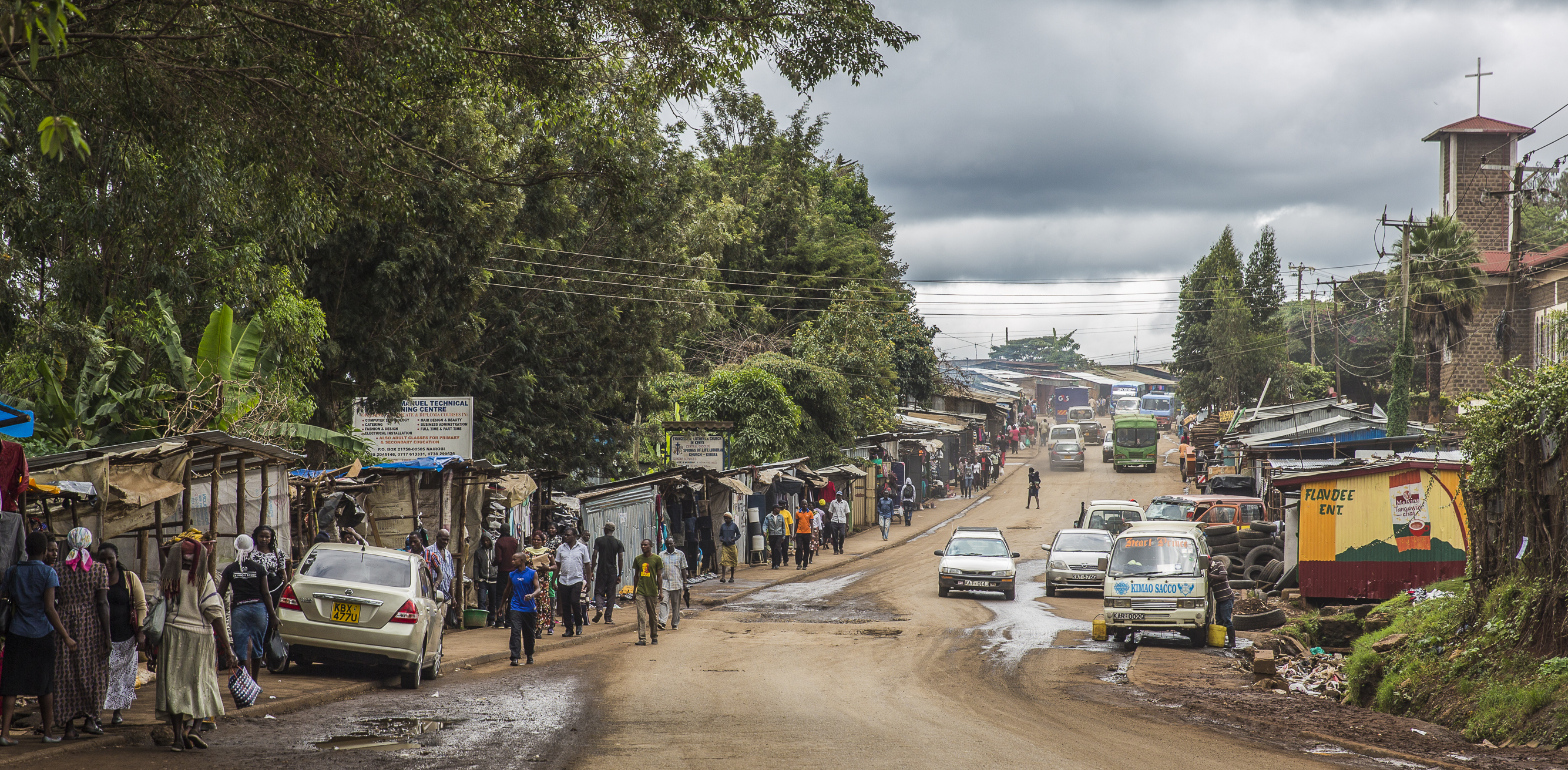The world is now witnessing unprecedented numbers of people forced from their homes. Over 68.5 million people had been displaced by 2018, with over 22 million crossing international borders and becoming classified as refugees. And displaced people represent but a small fraction of global migration – in 2017 nearly 260 million individuals lived outside their country of birth.
People have migrated since the beginning of human history, usually motivated by pursuit of a better life.1 1. Held, D. (2016). Climate change, migration and the cosmopolitan dilemma. Global Policy, 7(2), 237-246. See all references And while today human movement is at record levels, migration should not be viewed solely as a challenge. It is also an opportunity that, if handled well, will help meet many of the goals of the UN’s 2030 Agenda for Sustainable Development adopted by world leaders in 2015.
Yet, of the 17 Sustainable Development Goals (SDGs) and 169 targets – covering a range of issues including poverty reduction, improvements in health, and climate action – only one, target 10.7, addresses migration directly: “Facilitate orderly, safe, and responsible migration and mobility of people, including through implementation of planned and well-managed migration policies”.
Since human movement can both challenge and promote sustainable development, migration should be acknowledged and integrated within efforts to achieve many of the SDGs.

Mentao refugee camp in Burkina Faso. Photo: Pablo Tosco/Oxfam Intermón/Flickr.
People migrate for many reasons, for example, in response to climate change such as sea-level rise and extreme weather; in search of employment; or to escape from persecution. Such climate, economic, and political pressures are unlikely to be reduced anytime soon, and good governance is essential to manage the resulting migration in ways that support sustainable development. These critical connections are explored below through three aspects of contemporary movement: environmental migration, urbanisation, and remittances.
Dealing with climate migration
Volcanic eruptions, earthquakes, floods, and storms have displaced an average of 26.4 million people annually since 2008. The natural disasters with the highest degree of impact are almost entirely weather related: earthquakes account for only 10% of the displacement, with flooding and storm damage causing the rest. Migration due to more gradual processes such as long-term droughts and heat waves is projected to increase in the coming years. And sea-level rise is another slow-burning threat that will force people to relocate. By 2100, it is predicted that 1 billion people will live along the coastal strip less than 10 metres above sea level, making them highly vulnerable to sea-level rise and forced relocation.2 2. Barbier, E. B. (2015). Climate change impacts on rural poverty in low-elevation coastal zones. Estuarine, Coastal and Shelf Science, 165, A1-A13. See all references
Projecting future climate-related movement is challenging, since migration results from complex interactions between economic, political, and environmental factors, as well as other issues. A recent World Bank report suggests that by 2050 nearly 143 million people in Sub-Saharan Africa, South Asia, and Latin America could be forced to move within their countries in response to slow-onset impacts of climate change. Millions of others may cross international boundaries.
The media often covers climate-related migration as a crisis. But with good governance, such movement can actually promote progress towards UN goals. For example, as people move in pursuit of decent work (SDG 8), their remittances – earnings sent back to origin households – can improve climate resilience (SDG 13) in their home communities through investments towards more sustainable agriculture (SDG 2). For example, in north-east India, migrant remittances have enabled the purchase of tractors, allowing some households to increase agricultural productivity as well as to accelerate planting and harvesting, thereby lessening the impact of flood seasons on their harvest.
But climate-related migration can undermine other sustainable development goals, for example by overwhelming areas receiving large influxes of migrants, which may contribute to conflict and political instability, challenging SDG 16 – peace, justice, and strong institutions.

Locals in Tebikenikora, a village in the Pacific island nation of Kiribati. When tide is high the sea water very easily overflows the surrounding land making it impossible for people to use this land. Photo: UN Photo/Eskinder Debebe/Flickr.
Researchers continue to debate the complex link between climate, migration, and conflict,3-4 3. Selby, J., Dahi, O. S., Fröhlich, C., & Hulme, M. (2017). Climate change and the Syrian civil war revisited. Political Geography, 60, 232-244. 4. Moser, S.C. and J.A.F. Hart (2015) 'The long arm of climate change: societal teleconnections and the future of climate change impacts studies.' Climatic Change 129 (1-2): 13-26. See all references but environmental factors such as drought have played at least a partial role in migration from rural Syria,5 5. Femia, F., Werrell, C. (2017). An unstable, stable nation? Climate, water, migration and security in Syria from 2006–2011. Climate Hazard Crises in Asian Societies and Environments, 1. See all references Mexico,6 6. Leyk, S., Runfola, D., Nawrotzki, R. J., Hunter, L. M., Riosmena, F. (2017). Internal and International Mobility as Adaptation to Climatic Variability in Contemporary Mexico: Evidence from the Integration of Census and Satellite Data. Population, space and place, 23(6). See all references and Tanzania.7 7. Ocello, C., Petrucci, A., Testa, M. R., Vignoli, D. (2015). Environmental aspects of internal migration in Tanzania. Population and Environment, 37(1), 99-108. See all references In some cases, these population movements have been linked to conflict, in other cases not.8 8. Fröhlich, C. J. (2016). Climate migrants as protestors? Dispelling misconceptions about global environmental change in pre-revolutionary Syria. Contemporary levant, 1(1), 38-50. See all references Even without a universal link between climate migration and conflict, a dialogue on security issues has emerged around this connection9 9. Weinthal, E., Zawahri, N., Sowers, J. (2015). Securitizing water, climate, and migration in Israel, Jordan, and Syria. International Environmental Agreements: Politics, Law and Economics, 15(3), 293-307. See all references and, in some regions, continues to shape negative perceptions of immigrants.10 10. Kita, S. M. J., & Raleigh, C. H. (2018). Environmental migration and international political security. In Routledge Handbook of Environmental Displacement and Migration (Vol. 356, No. 369, pp. 356-369). Routledge in association with GSE Research. See all references
Climate migration will continue. To leave their homes may be the only option facing residents of low-lying island states, such as Kiribati in the Pacific Ocean.11 11. Yamamoto, L., Esteban, M. (2017). Migration as an adaptation strategy for Atoll Island States. International Migration, 55(2), 144-158. See all references But the term “climate refugee” is not yet recognised under international law, so these migrants receive no international support or protection. However, this is beginning to change. At the UN Climate Change Conference 2010 in Cancún, Mexico, nations recognised climate change-induced movement and encouraged national, regional, and international “understanding, coordination and cooperation” in responding to climate-related displacement and migration.
In response to the climate vulnerability of low-lying Pacific states, New Zealand became the first country to propose a special refugee visa for island residents fleeing rising sea levels. We argue there is a human rights-based moral argument for relatively wealthy nations with higher per capita emissions to support those who contribute least to global warming but will be disproportionately affected by climate change. In addition, New Zealand’s proposed action pre-empts a humanitarian crisis that could result in high levels of rapid displacement and less opportunity for planning, likely resulting in greater costs. The climate visa programme would facilitate pre-emptive and voluntary “migration with dignity”, which offers better planning opportunities in receiving communities.12 12. Farquhar, H. (2015). Migration with Dignity: Towards a New Zealand Response to Climate Change Displacement in the Pacific. Victoria U. Wellington L. Rev., 46, 29. See all references
Expanding urbanisation
More than half of the world’s population lives in urban areas, a focus for SDG 11. At the same time, urban planners face huge sustainability challenges. The planet’s current urban population is 4.2 billion and continues to grow. Projections to 2050 show that nearly 90% of urban growth is expected to take place in Asia and Africa. As former UN secretary-general Ban Ki-moon once said: “Our struggle for global sustainability will be lost or won in cities.”
By 2050, urban infrastructure across the globe must accommodate 2.5 billion new city dwellers. Rapid urbanisation has brought growth in informal settlements lacking infrastructure, which makes it hard to achieve many of the SDGs such as improved health (SDG 3), quality education (SDG 4), and clean water and sanitation (SDG 6). Planning shortfalls also often increase the risks facing urban areas as natural disasters are projected to become more frequent and intense in many world regions.
Consider the slums of Nairobi. The city has experienced dramatic growth and today has nearly 4.5 million residents – 495,000 more than in 2015. It is estimated that between 60–70% of Nairobi residents live in informal settlements that have poor access to clean water, sanitation, health services, schools, and social services. Slum residents have worse health than any other group of Kenyans, including rural residents. Although many people move to Nairobi in search of a better life, more households are falling into than moving out of poverty (SDG 1).13 13. Mberu, B. U., Ciera, J. M., Elungata, P., Ezeh, A. C. (2016). Fertility and Household Economic Outcomes among Poor Urban Households in Nairobi informal Settlements, Kenya. Etude de la Population Africaine, 30(3). See all references

 11 MIN READ / 2180 WORDS
11 MIN READ / 2180 WORDS

